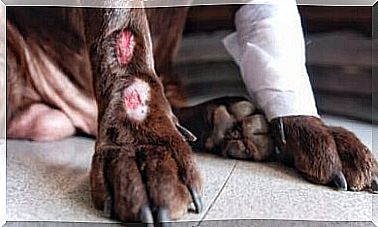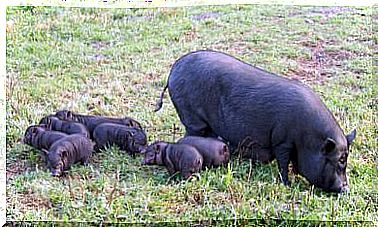Cryptobiosis – A Really Fascinating Process!
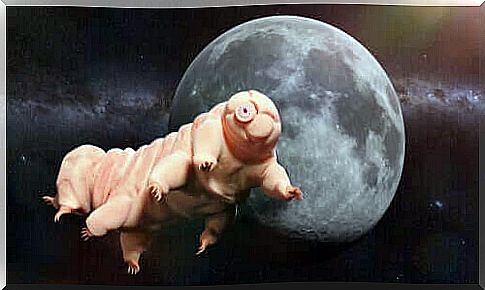
Did you know that there are animals that can completely inactivate themselves in extreme situations? It really does exist! Some living beings enter a state of latency or cryptobiosis in which they do not carry out any metabolic activity. This enables them to survive extraordinary environmental conditions such as drought, lack of oxygen, low temperatures, lethal radiation, or a combination of all of them.
We invite you to learn more about one of the most fascinating processes in nature, the so-called cryptobiosis!
Inactivation for survival due to a state of cryptobiosis
Cryptobiosis is a process carried out by some organisms in adverse conditions. In this state, they stop their metabolic activity so as not to reproduce or develop until the conditions become more favorable again. So it is a reversible phase, which some also refer to as “resurrection”.
Some animals enter this state in order to ensure their survival for a longer period of time. This is an indefinite period of time, which theoretically can also be infinite.
This ability is possessed by numerous invertebrates such as embryonic cysts of crustaceans, rotifers, nematodes and tardigrades, as well as bacteria. Researchers have also seen this in some plant tissues, seeds, propagules, and even more highly developed plants.
From what they have been able to observe, the state of cryptobiosis seems to allow organisms to be on the verge of life but also death. This is why some scientists consider them the third form of biological organization.

The four types of cryptobiosis that can inactivate different species of animals
There are up to four types of cryptobiosis, which depend on the extreme environmental situation that a particular living being has to endure:
Anhydrobiosis
This type of cryptobiosis occurs when a living being has to survive long periods of drought. Hence, it is characterized by the loss of water through evaporation. As a result, the animal loses more than 95% of its body fluids and stops its metabolism.
Cryobiosis
An organism goes into a state of cryobiosis when the temperature conditions are extremely low. This enables it to survive by freezing.
The cooling rate must be slow for this process to work properly. The key to cryobiosis is freezing the living being. However, the crystallization of liquids must be avoided in order not to damage the inner tissue. Living things that experience cryobiosis can live in this state for many years.
Anoxybiosis
This condition is induced when the oxygen levels in the environment are low or there is no oxygen at all.
Osmobiosis
Animals experiencing this type of cryptobiosis are exposed to a wide variety of salt concentrations.
Examples of animals that can enter a state of cryptobiosis
Brine shrimp (Artemia salina)
When the conditions for the development and growth of the larvae of these small crustaceans are not optimal, the eggs are inactivated for a long period of time. This condition can last up to 10 years.
As a result, they can withstand extreme situations such as water and oxygen starvation and sub-freezing temperatures. During these states of cryptobiosis, the eggs envelop themselves and stop all metabolic processes until the conditions in terms of water, oxygen and temperature are more favorable again.
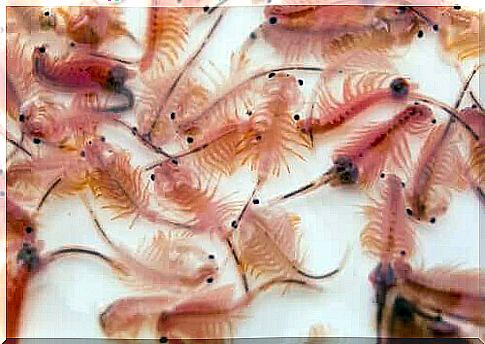
Rotifers (Rotifera) can enter a state of cryptobiosis
Rotifers of the class Bdelloidea are microscopic invertebrates that live in freshwater.
These organisms can go into a state of anhydrobiosis under very dry conditions. Therefore, when the water evaporates, they take on a formation called a “tunnel”. As a result, they reduce their body volume. They do this by condensing their organs and making the light disappear from their hollow organs.
Tardigrade (Tardigrada)
This is the most common cryptobiont organism.
Tardigrade, commonly known as water bears, are microscopic animals that live on land, in the sea, and in freshwater. The most surprising thing is that they can take on all four types of cryptobiosis states:
- During anoxybiosis they become immobile, transparent and freeze. They can remain in this state for up to 5 days, except for purely aquatic species, which can only survive a maximum of 3 days.
- As for the condition of cryobiosis, they can survive for several years if frozen.
- In addition, osmobiosis is a skill that allows freshwater tardigrade to contract in a salty environment while marine species plump in freshwater.
- When the animals are in a situation where the amount of water surrounding them is decreasing, these animals contract, retract their head and legs and assume the immobile “tunnel” shape (like rotifers) and kick in a condition of anhydrobiosis.
This makes the tardigrade very resistant to extreme environmental conditions such as:
- Temperatures from -273ºC to +150ºC
- High pressure
- The void of space
- Radiation (both X-ray and UV radiation)
- Chemical products
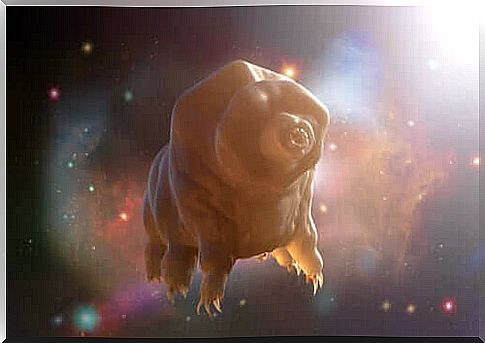
Final thoughts
As you can see, cryptobiosis is a fascinating process that enables certain animals to survive despite adverse environmental factors. This ability allows them to colonize environments or situations in which other organisms would not be viable.
Therefore, the ability to develop crybtobiosis is an asset in the animal world and another example of the amazing natural processes that will continue to amaze us.


